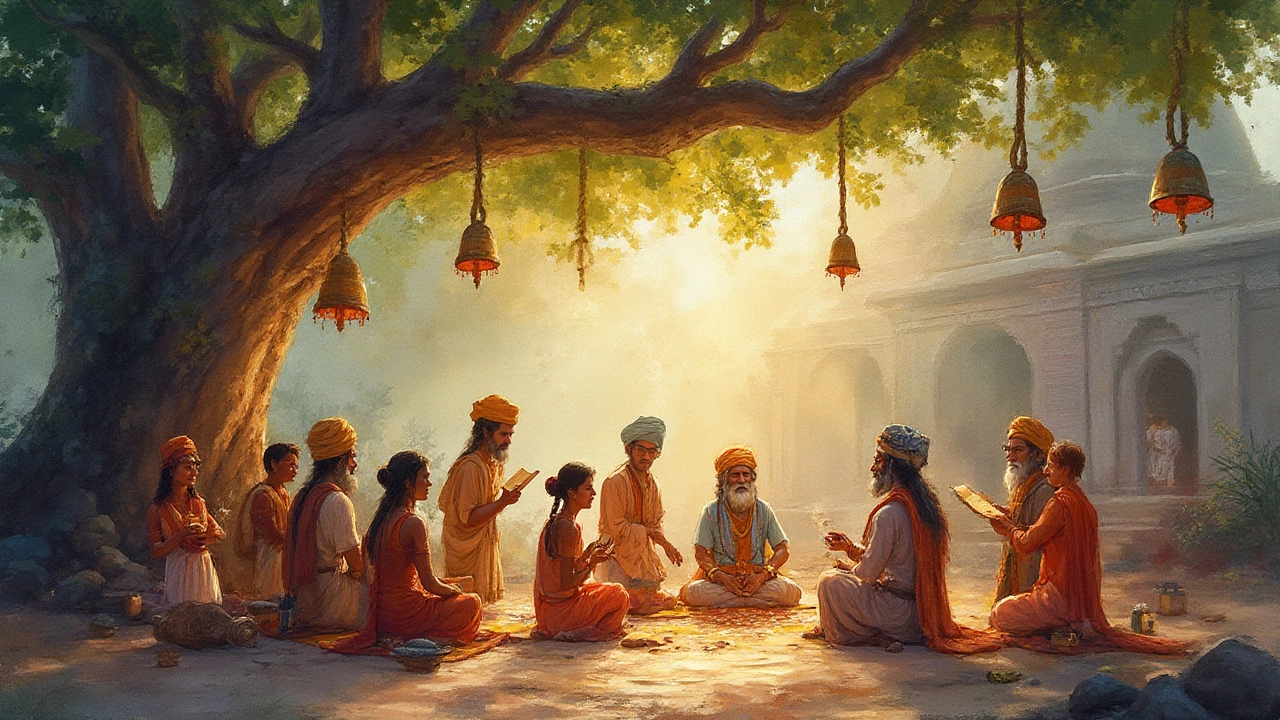
Are whispers about a 13th Jyotirlinga true or just spiritually loaded rumors? Let’s dig into facts, stories, and what really keeps people questing for more.
When you step into Hindu mythology, the ancient collection of gods, legends, and cosmological ideas that guide Indian culture. Also known as Sanātana Dharma lore, it feeds festivals, art, and the very layout of many historic sites. Understanding these myths gives you a ready map for exploring temples, heritage towns, and pilgrimage routes that appear throughout India.
One of the biggest companions to Hindu mythology is Indian temples, architectural spaces built to honor specific deities and mythic events. These structures act like open‑air storybooks: the carvings on a temple’s walls often illustrate episodes from the Ramayana, the epic of Rama and Sita or the Mahabharata, the war saga of the Pandavas and Kauravas. Because of that, a visit to a shrine can feel like stepping into a living illustration of a myth.
Travel guides on safety, cost, or best season often mention heritage sites, but they rarely explain why those places matter. Hindu mythology provides the why. For example, the state of Madhya Pradesh, which holds the record for the most heritage sites, houses the Khajuraho temples whose sculptures tell stories of love and devotion from mythic texts. Knowing the backstory turns a simple sightseeing stop into a deeper cultural immersion.
Another key link is pilgrimage, the act of traveling to sacred spots rooted in mythic tradition. The Char Dhabam circuit, the Kedarnath trek, or the less‑known Chota Char Dham all draw their significance from mythic narratives about gods testing devotees. When you read a safety guide for the Himalayas, the mythic context tells you why trekkers feel compelled to brave high altitudes – the promise of spiritual reward.
Because mythology influences tourism, many travel articles indirectly touch on it. The “Best Time to Visit the Golden Triangle” piece, for instance, notes that festivals like Diwali light up Delhi, Agra, and Jaipur. Those festivals themselves are reenactments of mythic legends, making the timing of your trip as much about story as about weather.
Even modern concerns like health advice or visa rules intersect with mythology. A guide on malaria pills for India may mention that certain forest sanctuaries host temples dedicated to forest deities, reminding travelers that respect for local beliefs can improve community relations and possibly safety.
So, when you plan a journey, ask yourself: which mythic sites are on my list? Do I want to walk the steps of Rama at Ayodhya, or see the stone chariots of Krishna at Mathura? Do I prefer the quiet reverence of a hill‑top shrine, or the bustling celebration of a coastal temple festival? The answers will shape your itinerary, budget, and even the season you choose to travel.
Below you’ll find a curated set of articles that cover everything from safety tips in India to deep dives into heritage sites, all of which can be read through a myth‑focused lens. Whether you’re a first‑time visitor or a seasoned pilgrim, these pieces will help you connect the dots between ancient stories and the modern travel experience.

Are whispers about a 13th Jyotirlinga true or just spiritually loaded rumors? Let’s dig into facts, stories, and what really keeps people questing for more.